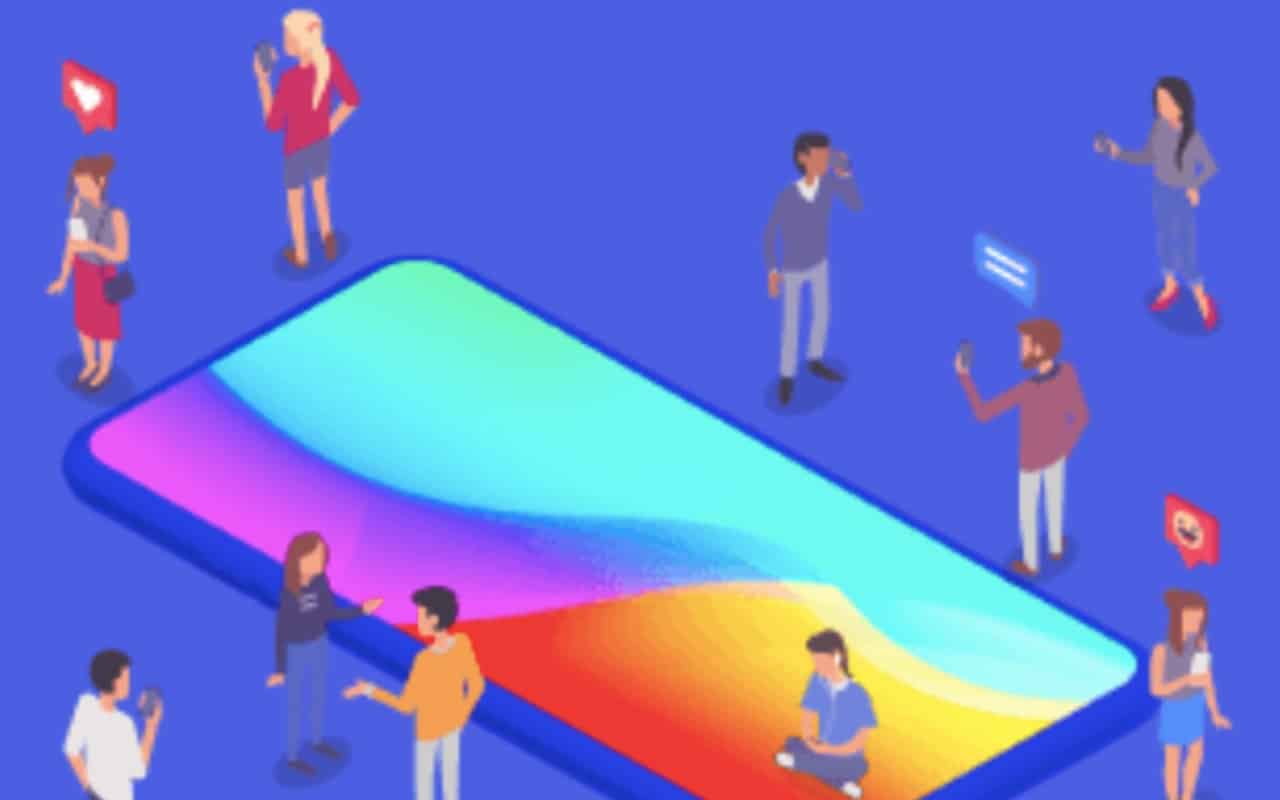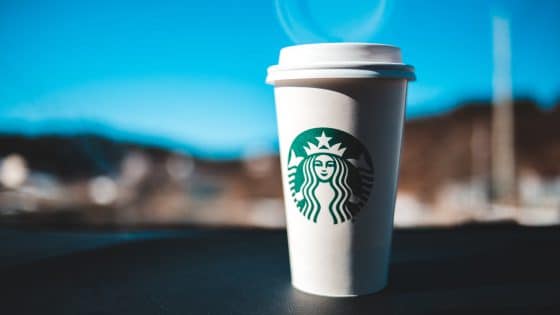Geofence marketing is a hot topic right now. When you combine the rapidly growing use of mobile devices with the demand for personalized, relevant content, it’s easy to see why more brands are adopting geofence marketing.
Creative geofencing campaigns have the power to engage customers in a personal way, and can provide an added boost to the company’s bottom line.
To better understand geofencing and the opportunities that it offers, we’ll answer these frequently asked questions:
- What is geofencing?
- How are brands using geofencing?
- How can geofencing improve mobile conversions?
- What tips should marketers know when using geofence marketing?
What is geofencing?
Geofencing gives businesses the ability to send customers a mobile message when they are in a specific location. Using GPS or radio frequency identification (RFID), businesses set up a virtual “fence.” When a customer’s phone enters the fence, the company can deliver a personalized push notification. Typically, the fences are set up near a business, around a competitor’s business, or at an event space.
Let’s say the local coffee shop has a storefront in a strip mall. Using geofencing technology, the company sets up a “fence” 15-feet in front of its store. When customers walk by the store (and through the fence) they receive a message on their phone for half off iced coffee drinks. Put simply, geofencing gives brands the ability to send location-based messages to customers – and it’s effective.
How are brands using geofencing?
When it comes to geofencing, many marketers wonder how it’s applied to attract and retain customers. Here are some great examples of geofencing campaigns done right:
Sephora offers a store companion. When customers walk into Sephora, a location-based trigger turns on a store companion on a customer’s phone. The companion gives the customer details on past purchases, product recommendations, limited-edition offers, and a list of in-store events.
Burger King targets its competition. Burger King didn’t set up a geofence in its own store, instead the fast food company set one up outside of their competitors, McDonald’s. When customers walked through the “fence” outside of McDonalds, they received a coupon for a one cent Whopper. The promotion resulted in one million downloads of the Burger King app, according to alistdaily.
Uber offers rides from specific locales. Uber relies heavily on geofencing to increase the number of fares. Uber sets up geofences around nightclubs, airports, and hotels to remind customers that there is a driver nearby. The message usually specifies how many drivers are close to a user’s location too, so there’s no fear of waiting.
C.R. England advertises job listings. Transportation company C.R. England set up geofences at truck stops to advertise job openings. Truckers visiting popular rest areas and truck stops received a message about the openings, which highlighted the benefits of working with C.R. England over other companies.
How can geofencing improve mobile conversions?
An estimated five billion people worldwide have a mobile device, and over half of those connections are smart phones, reports Pew Research Center. Given the growing dependency on mobile devices, tapping into these gadgets as an advertising tool is a wise choice. Geofencing has the ability to improve mobile conversions:
Messages are personalized. In a crowded digital space, consumers are demanding personalized, relevant messages. Research shows even small personalization efforts, like adding a customer’s name to a push notification, can increase open rates by 10%. Geofencing is automatically personalized to the customer because it’s referencing their physical location.
Strong engagement. Research shows consumers are on board with geofencing. Location-powered messaging outperforms other mobile strategies 2 to 1, says Mobile Marketer. Its high engagement rate is certainly a benefit, but knowing that customers are adopting the real-time technology is particularly helpful for marketers planning long-term engagement strategies.
Drives local, in-store sales. So many marketing efforts are focused on driving online traffic or lifting mobile sales, but geofencing works as a revenue-boosting tactic for brick-and-mortar stores too. Any company, big or small, can use geofencing to increase foot traffic, advertise promotions, and ultimately encourage sales.
Geofencing serves as a differentiator. Geofencing has been around for a few years, but it’s not part of mainstream marketing yet. As a result, brands that initiate geofencing campaigns stand out against competitors that haven’t adopted the technology.
Highly trackable. Geofencing, like other digital technologies, is easy to measure. Brands can see how many consumers opened the messages, clicked on them, and took action.
What tips should marketers know when using geofence marketing?
When it comes to geofence marketing, there are some best practices to follow, which include:
Keep fences small. First-time geofence marketers have an urge to create a large fence with the goal of connecting with more consumers. While this idea seems logical, it’s actually ineffective. A smaller fence that targets customers within four or five minutes of walking or driving distance is best.
Go beyond in-store fences. To start, many companies opt for an in-store fence or one that stretches outside the storefront. It’s a great way to learn and test campaigns, but it’s important to remember that geofencing has more applications than just that. The “fence” can be in different locations, like outside of a competitor’s store, at an event, or a place where your customers gather.
Be specific in messaging. When it’s time to create the message that’s delivered to customers’ mobile devices, it’s important to be succinct and specific. A push notification only has room for 142 characters, so being succinct is required. However, it does take some time to craft a short message that’s clear, enticing, and provides direction to act.
A message that simply says, “Stop in now for our customer appreciation sale,” for example, isn’t as effective as saying, “Shop between 3-5pm and redeem this 20% off coupon at the register. It’s good on any item in the store.” This message is clear, has an enticing offer, and tells the consumer how to use it.
Wrap up
Marketers will make geofence marketing a priority this year. The popularity of mobile devices, the need to stand out among competitors, and the demand for personalized content are all driving forces behind this marketing technique. To be successful, it’s important for brands to explore geofencing opportunities and customize the technology to fit the needs of its customers.



















